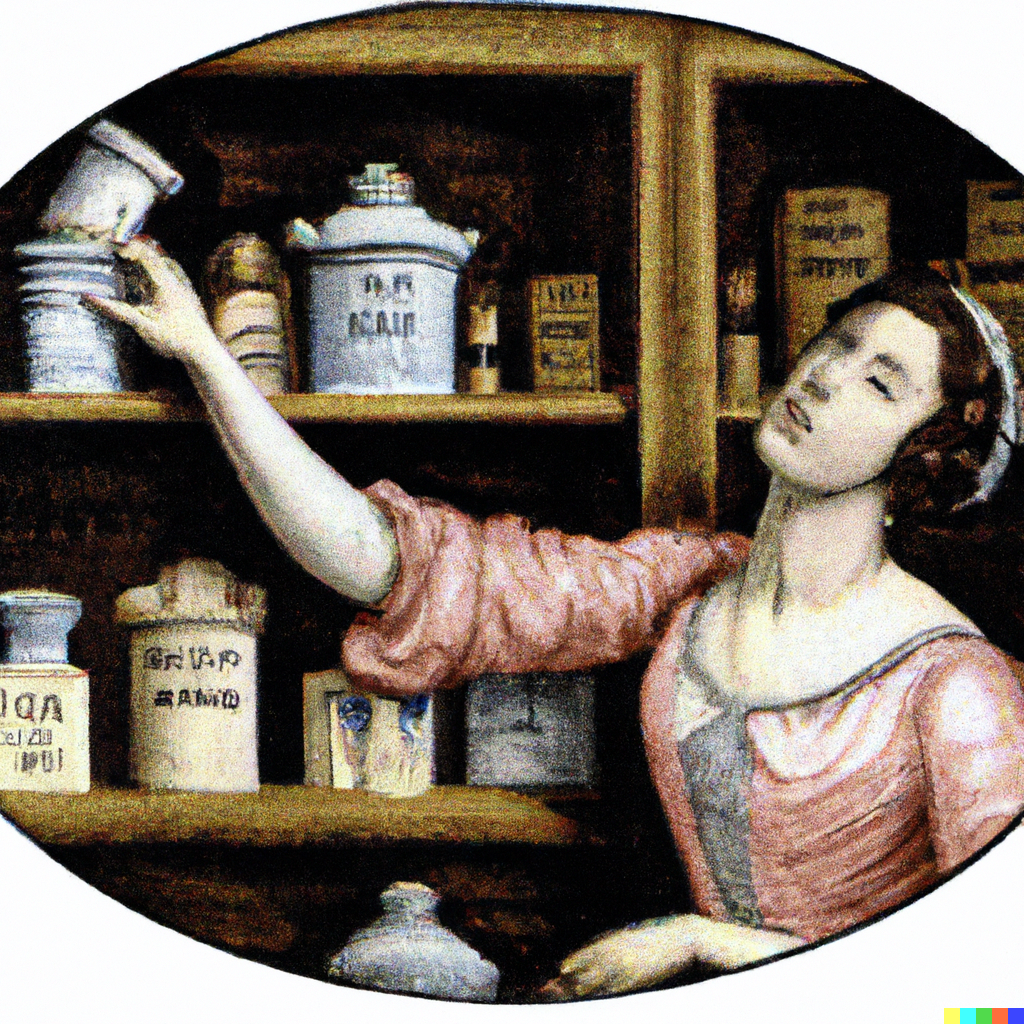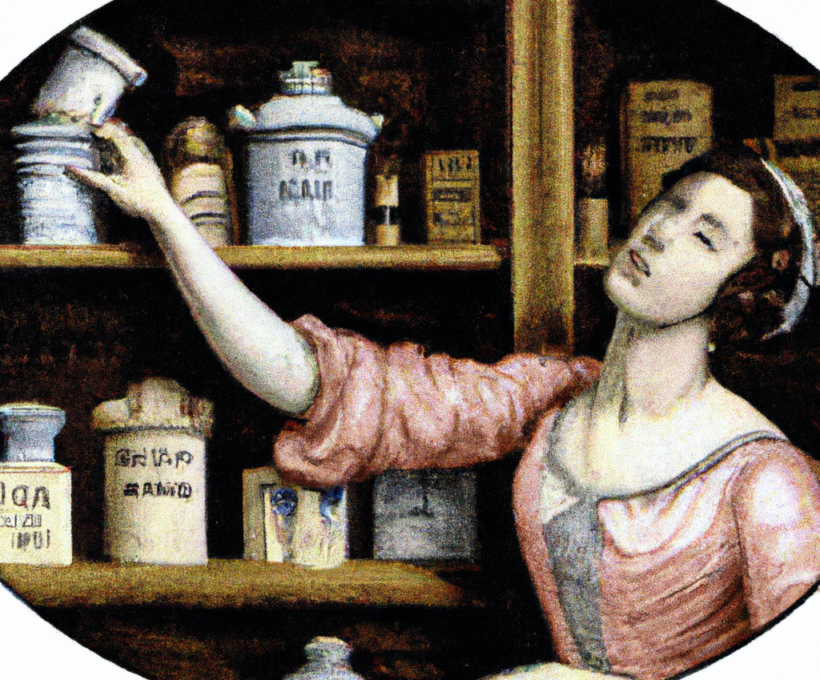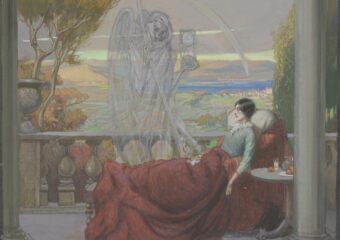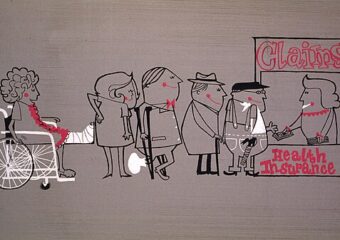Madame Bovary, a novel written by Gustave Flaubert, was first published in 1856. It concerns mostly the plight of Madame Bovary—Emma—in her quest for a life of high society while living in rural, provincial France, and married to a decent, yet modest and commonplace country doctor.
From her many efforts to live a lavish and exciting life, Emma winds up troubled and in trouble. Her debts, denials, and deceits have piled up and it’s time to pay. In particular, it’s time to pay the debts for the extravagances she hoped would satisfy her desires and fill her voids. If Emma doesn’t pay her creditors at that moment, they will seize all of her and her husband’s possessions, and presumably, their place and credibility in the community. She can think of no recourse other than approaching her former lover, Rodolphe, who she believes has the will and the means to rescue her from a fate worse than death.
I’m ruined, Rodolphe. And you’re going to lend me three thousand francs!
pp. 290-291
I haven’t got it, dear lady.
With this rejection, Emma is now incredulous, angry, and mortified on top of desperate. She comes to her senses, “and in a rapture of heroism which was almost joyful, she ran down the hill, crossed the plank-bridge, along the footpath, down the alley, over the market-square, and arrived in front of the pharmacist’s shop.” (p. 293) Emma coaxes an assistant for access to poison she needs for ridding her house of pesky rats. She knew where the poison was stored and went right to the jar. She “pulled out the cork, stuck her hand inside, and, taking a fistful of white powder, she put it straight into her mouth.” (p. 294) It was arsenic.
Arsenic has no clinical uses to speak of in modern medicine, and arsenic poisoning is uncommon today. Nevertheless, arsenic has other uses and so it can be found and acquired, although strict regulations limit its availability. Arsenic remains a health risk through intentional and unintentional contamination of food and water, occupational uses (e.g., chemistry labs), and self-poisonings.
In contrast, during the 1800s into the 1900s, arsenic was put to use in manufacturing pigments and dyes, cosmetics, pesticides, and some medicinal products for skin problems (e.g., eczema). It was in weed killer, bug killer, and rat killer. Arsenic was also used for more nefarious purposes. Known as “the inheritance powder,” arsenic was implicated in 40% of the poison murders in France between 1835 and 1880. Of the 820 arsenic-caused deaths Rudolph Witthaus investigated in the U.S. between 1752 and 1889, half were ruled homicides. His investigation through New York attorneys turned up 31 indictments for murder-by-poison between 1879 and 1889, and arsenic was linked to half of the cases. Going back further in time, the Borgias of fifteenth-century Italy made an especially potent arsenic formulation (“la cantarella”) as a means of advancing their objectives. The absence of much taste or smell—when diluted—has made arsenic a poison of choice for villains. It was generally available in pharmacies (apothecaries), grocery stores, garden supply stores among other places.*
Here I compare text from a mainstream biomedical source with text from a literary novel describing acute arsenic self-poisoning.
The Biomedical
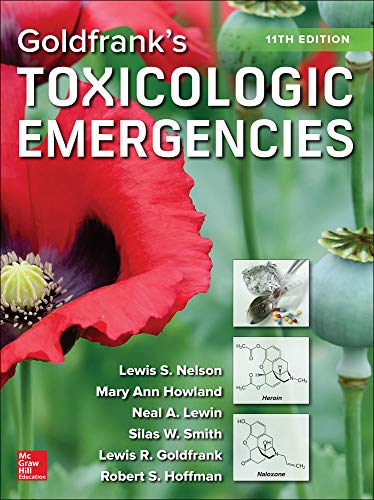
From: Munday SW. Arsenic. In: Nelson LS, Howland M, Lewin NA, Smith SW, Goldfrank LR, Hoffman RS. eds. Goldfrank’s Toxicologic Emergencies, 11e. McGraw Hill; 2019. Accessed June 24, 2023.
Gastrointestinal signs and symptoms of nausea, vomiting, abdominal pain, and diarrhea, which occur 10 minutes to several hours following ingestion, are the earliest manifestations of acute poisoning by the oral route. The diarrhea is compared to cholera in that it resembles “rice water.” Severe multisystem illnesses ensue with extensive exposure. Cardiovascular signs, ranging from sinus tachycardia and orthostatic hypotension to shock, can develop. Reported cases often mimic myocardial infarction or systemic inflammatory response syndrome, with intravascular volume depletion, capillary leak, myocardial dysfunction, and diminished systemic vascular resistance. Acute encephalopathy develops and progress over several days, with delirium, coma, and seizures attributed to cerebral edema and microhemorrhages. Seizures may be secondary to dysrhythmias, and the underlying cardiac rhythm should be assessed…Death occurs after suddenly developing bradycardia, followed by asystole.
Acutely poisoned patients with less severe illness experience gastroenteritis and mild hypotension that persist despite antiemetic and intravenous crystalloid therapies. Hospitalization and continued intravenous fluids often are required for several days. The prolonged character of the GI effects is atypical for most viral and bacterial enteric illnesses and should alert the physician to the possibility of arsenic poisoning, especially if there is a history of repetitive GI illnesses. A metallic taste or oropharyngeal irritation, mimicking pharyngitis, occurs. Gastrointestinal ulcerative lesions and hemorrhage are reported.
The Literary

From: Flaubert G. Madame Bovary. Translated by Geoffrey Wall. New York, NY: Penguin Classics; 2003.
A few hours later…
And she lay down full length upon her bed.
An acrid taste in her mouth woke her up.
She was observing herself…to see if she felt any pain. No, nothing yet. She could hear the clock ticking…
– Oh…death is really nothing very much! She thought; I’m going to fall asleep, and it’ll be over!
She drank a mouthful of water and turned to face the wall.
That awful taste of ink was still there.
– I’m thirsty!…Oh I’m so thirsty! she sighed.
– Open the window…I’m stifling!
And she felt such a sudden nausea that she scarcely had time to pull her handkerchief from under her pillow…She was keeping still, afraid that the slightest agitation would make her vomit. Even so, she could feel an icy chill mounting from her feet up towards her heart.
– Ah, this is how it begins! she murmured…
p. 295
She was rolling her head from side to side, very gently, in great anguish, and continually opening her jaws, as if she had something very heavy sitting on her tongue…the vomiting reappeared.
And then, delicately, almost caressing her, [her husband] passed his hand across her stomach. She screamed. He leaped back in alarm.
p. 295
Now she began to groan, feebly at first. A great shudder ran through her shoulders, and she turned whiter than the sheet she was clutching with her rigid fingers. The irregular pulse was now almost imperceptible.
p. 296
Drops of sweat were trickling down her face, which was turning blue and looked as though it had been coated in the fumes from some metallic compound. Her teeth were chattering, her bulging eyes stared vaguely around the room, and to every question she replied with merely a shake of the head…Little by little, her groans became louder. A stifled scream escaped her lips; she said she was feeling better and would be getting up soon. But she was seized by convulsions; she cried out:
– Oh, my god, it’s horrible!
Eminent doctor enters…
He frowned as soon as he came through the door, when he saw the cadaverous face of Emma, lying on her back, with her mouth open.
p. 300
– There is nothing more I can do.
Emetic given…
Soon she was vomiting blood. Her lips were drawn tighter. Her limbs were rigid, her body covered in brown patches, and her pulse raced away beneath your fingers, like a taut thread, like a harp-string just before it breaks.
p. 298
Pharmacist assessment for eminent doctor:
– First of all we had a desiccation of the pharynx, then intolerable pains in the epigastrium, super-purgation, coma.
p. 301
Brief awakening…
Slowly she turned her head, and joy seemed to come to her the moment she saw the purple stole, doubtless rediscovering, in this instant of singular calm, the forgotten delights of her first mystical raptures, along with a dawning vision of eternal blessedness.
p. 303-305
Now her chest began to heave rapidly. Her tongue was sticking right out of her mouth; her eyes, rolling about, were turning pale, just like the globe of a lamp as it expires, as if she were already dead, but for the ghastly jolting of her ribs, shaken by the furious breathing, as if her soul were jerking to break free…the death rattle grew louder…
Emma roused herself, like a cadaver being galvanized, her hair unfastened, her eyes fixed wide open…and Emma began to laugh, an atrocious, frantic, desperate laugh…
A convulsion threw her down upon the mattress…Her life had ended.
The table below compares corresponding excerpts from the biomedical and literary texts.
| Biomedical Text (Goldfrank) | Literary Text (Madame Bovary) |
|
Gastrointestinal signs and symptoms of nausea, vomiting, abdominal pain, and diarrhea, which occur 10 minutes to several hours following ingestion, are the earliest manifestations of acute poisoning by the oral route. The diarrhea is compared to cholera in that it resembles “rice water.” |
Oh…death is really nothing very much! She thought; I’m going to fall asleep, and it’ll be over! She drank a mouthful of water and turned to face the wall. That awful taste of ink was still there. – I’m thirsty!…Oh I’m so thirsty! she sighed. – Open the window…I’m stifling! And she felt such a sudden nausea that she scarcely had time to pull her handkerchief from under her pillow. She was keeping still, afraid that the slightest agitation would make her vomit. Even so, she could feel an icy chill mounting from her feet up towards her heart. – Ah, this is how it begins! she murmured. She was rolling her head from side to side, very gently, in great anguish, and continually opening her jaws, as if she had something very heavy sitting on her tongue…the vomiting reappeared. And then, delicately, almost caressing her, [her husband] passed his hand across her stomach. She screamed. He leaped back in alarm. |
|
Cardiovascular signs, ranging from sinus tachycardia and orthostatic hypotension to shock, can develop. Reported cases often mimic myocardial infarction or systemic inflammatory response syndrome, with intravascular volume depletion, capillary leak, myocardial dysfunction, and diminished systemic vascular resistance. |
Now she began to groan, feebly at first. A great shudder ran through her shoulders, and she turned whiter than the sheet she was clutching with her rigid fingers. The irregular pulse was now almost imperceptible. |
|
Acute encephalopathy develops and progress over several days, with delirium, coma, and seizures attributed to cerebral edema and microhemorrhages. Seizures may be secondary to dysrhythmias, and the underlying cardiac rhythm should be assessed…Death occurs after suddenly developing bradycardia, followed by asystole. |
Drops of sweat were trickling down her face, which was turning blue and looked as though it had been coated in the fumes from some metallic compound. Her teeth were chattering, her bulging eyes stared vaguely around the room, and to every question she replied with merely a shake of the head…Little by little, her groans became louder. A stifled scream escaped her lips; she said she was feeling better and would be getting up soon. But she was seized by convulsions; she cried out: – Oh, my god, it’s horrible! Eminent doctor enters… He frowned as soon as he came through the door, when he saw the cadaverous face of Emma, lying on her back, with her mouth open. – There is nothing more I can do. |
|
The prolonged character of the GI effects is atypical for most viral and bacterial enteric illnesses and should alert the physician to the possibility of arsenic poisoning, especially if there is a history of repetitive GI illnesses. A metallic taste or oropharyngeal irritation, mimicking pharyngitis, occurs. Gastrointestinal ulcerative lesions and hemorrhage are reported. |
Emetic prescribed… Soon after she was vomiting blood. Her lips were drawn tighter. Her limbs were rigid, her body covered in brown patches, and her pulse raced away beneath your fingers, like a taut thread, like a harp-string just before it breaks. Pharmacist assessment for eminent doctor… – First of all we had a desiccation of the pharynx, then intolerable pains in the epigastrium, super-purgation, coma. |
|
Death occurs after suddenly developing bradycardia, followed by asystole. |
Slowly she turned her head, and joy seemed to come to her the moment she saw the purple stole, doubtless rediscovering, in this instant of singular calm, the forgotten delights of her first mystical raptures, along with a dawning vision of eternal blessedness. Now her chest began to heave rapidly. Her tongue was sticking right out of her mouth; her eyes, rolling about, were turning pale, just like the globe of a lamp as it expires, as if she were already dead, but for the ghastly jolting of her ribs, shaken by the furious breathing, as if her soul were jerking to break free…the death rattle grew louder… Emma roused herself, like a cadaver being galvanized, her hair unfastened, her eyes fixed wide open…and Emma began to laugh, an atrocious, frantic, desperate laugh… A convulsion threw her down upon the mattress…Her life had ended. |
*Blum D. The Poisoner’s Handbook: Murder and the Birth of Forensic Medicine in Jazz Age New York. New York, NY: Penguin Books; 2010.
Note: Title image generated by DALL-E.
